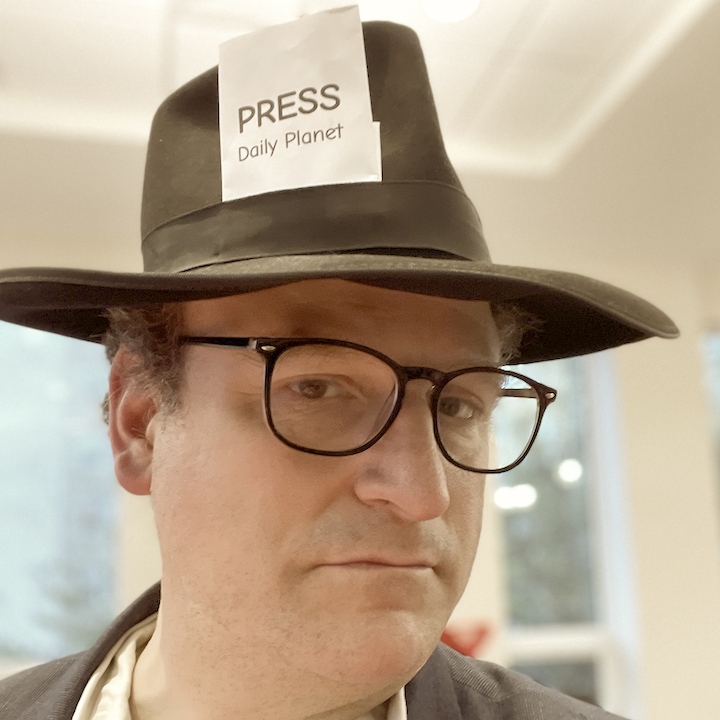imaginary family values presents
yesh omrim
a blog that reclines to the left

Yellow and purple: a parable of sexism
29 November 2014
A faraway planet is populated by a sentient species that comes in two genetic varieties, the Yellows and the Purples. These two varieties are more or less equal in their physical and intellectual abilities, with one glaring difference: the Yellows periodically have to go to the bathroom, and the Purples do not.
(You may ask: how can the Purples possibly live, if they do not have some process for ridding themselves of metabolic waste? The answer to this question is very private and not suitable for publication on a family-oriented Web site.)
In a less enlightened age, the Purples were considered the superior race, free to exercise a wide range of professions and lifestyles, but the Yellows were confined to their homes, or to workplaces where they would have access to toilets: hospitals, hotels, schools, restaurants, gas stations, and so forth. As rationalizations for this treatment gave way to science, and as liberal values swept (well, crept) across the planet, governments repealed the laws that prescribed separate treatment for Yellows and Purples, and ambitious Yellows started taking on jobs that used to be entirely Purple.
There was one small problem, though: in the offices, factories, and shops where Purples worked, there were no bathrooms.
The Yellows who dared to enter Purple-dominated workspaces managed this problem in various ways. They exchanged tips regarding low-residue diets, how long they could safely postpone drinking, and what brands of adult diapers were least conspicuous. Some begged permission to take breaks longer than their co-workers got—long enough to dash to the nearest restaurant, gas station, or woods, take care of business, and return—and made up the time by showing up earlier or working later. (The Yellow office worker, either struggling to hold it in during a long meeting or excusing himself at inconvenient moments, became a staple of television comedy.) Those with private office space spent their own money to create makeshift toilets, spawning a small industry devoted to discreet tools for waste and odor control. When new buildings were constructed, some forward-thinking architects recognized that Yellows might be working there, and included a bathroom or two in the basement.
For some defenders of Yellow rights, though, these accommodations did not go far enough. They lobbied their local governments to revise the plumbing code and require every new building, regardless of its purpose, to meet the same number-of-bathrooms standard as a residence. Some radicals even demanded that existing buildings be retrofitted to add bathrooms.
These suggestions provoked a backlash from the mainstream of society. Purple pundits denounced any government interference to create special rights for Yellows. Why, they asked, should valuable floor space be wasted on bathrooms that might never be used? Some Yellow professionals appeared on talk shows to disassociate themselves from the radicals, saying that they were insulted by the suggestion that they needed this kind of protection by the state. It was enough to live in a free country where Purples and Yellows enjoyed equal rights under the law.
Both Yellow and Purple moderates admitted that there were still some jobs that were populated almost entirely by Purples, but would access to bathrooms really change that ratio from 90:10 to 50:50? Maybe the (vast majority of) Yellows didn’t want such jobs! How very like a liberal to deny the obvious biological differences between people, and to propose policies that would force both Yellow and Purple citizens to conform to some impersonal grey standard.